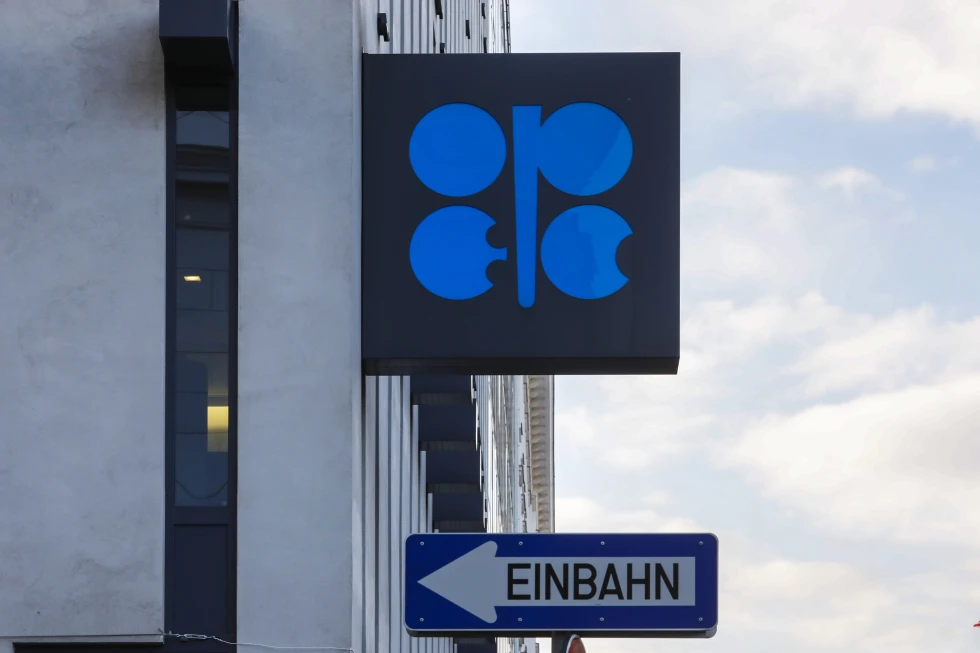Eight members of the OPEC+ alliance of oil exporting countries decided Thursday to put off increasing oil production as they face weaker than expected demand and competing production from non-allied countries — factors that could keep oil prices stagnant into next year.
The OPEC+ members decided at an online meeting to postpone production increases that had been scheduled to take effect Jan. 1. The plan had been to start gradually restoring 2.2 million barrels per day over the course of 2025.
That process will now be pushed back to April 1, 2025 and production increases will gradually take place over 18 months until October 2026.
OPEC+, which includes Saudi Arabia as the dominant member of the OPEC producers’ cartel, and Russia as the leading non-OPEC member in the 22-country alliance, have imposed several sets of cuts to agreed output to support prices.
Oil prices have been slack due to weaker than expected demand from China as well as increased production from countries like Brazil and Argentina that aren’t in OPEC+.
Among the beneficiaries of the current state of the oil market are U.S. motorists, who have seen gasoline prices fall to their lowest in 2 1/2 years to near $3 a gallon.
Oil analysts have been busy reducing their estimates for demand for next year, meaning that OPEC+ could remain in a bind well into 2025.
The Saudis need oil revenue to carry out Crown Prince Mohammed Bin Salman’s ambitious plans to diversify his country’s economy, including the development of Neom, a $500 billion futuristic city in the desert. For Russia, oil export revenues are a key pillar of state finances and funding for the war against Ukraine. Holding back production risks losing market share. Yet increasing production and sales could lower prices in a global economy that analysts say is already well supplied with oil.
U.S. oil has been stuck around $70 per barrel and traded at $68.92 on Thursday ahead of the meeting, down from $80 in August. International benchmark Brent crude traded at $72.66 per barrel, down from around $80 in July.
One result of those slack prices is that U.S. average pump prices for gasoline fell to $3.03 a gallon this week, the lowest since May, 2021 and well down from their record peak of $5.02 from June, 2022, according to motoring club AAA.
Thirty-one U.S. states now have average gas prices below $3 a gallon.
U.S. oil price levels of $70 or less “are great for consumers,” said AAA spokesman Andrew Gross. Crude oil makes up about half the price of a gallon of gasoline, making crude the key factor on top of distribution costs and taxes. Motorists in Europe see far smaller fluctuations because taxes make up a much bigger chunk of the cost.
OPEC has cut its forecast for 2025 demand growth to 1.54 million barrels per day, from 1.85 million barrels per day in July. That is at the high end of estimates compared to those from the International Energy Agency at 990,000 barrels per day, U.S. Energy Information Administration at 1.22 million and energy intelligence firm Rystad Energy at 1.1 million.
Analysts at Commerzbank foresee Brent prices averaging $75 per barrel in the first quarter of next year and $80 for the remaining three quarters.
In the United States, Donald Trump’s return to the White House will likely lead to more fossil fuel production. Not only has the President-elect campaigned on more drilling, but his Treasury secretary nominee Scott Bessent has put together an economic plan with the goal of increasing domestic oil production by the equivalent of 3 million barrels a day. Bessent has indicated that the additional oil production would reduce inflationary pressures for U.S. consumers. But the Trump team has not fully outlined why oil producers would ramp up supplies and lower prices to levels that could hurt their profits.
The Organization of the Petroleum Exporting Countries (OPEC) is an intergovernmental organization founded in 1960, by Iran, Iraq, Kuwait, Saudi Arabia and Venezuela. It has since expanded to 12 member countries. In 2016, largely in response to dramatically falling oil prices due to U.S. shale oil output, OPEC signed an agreement with 10 other oil-producing countries to create OPEC+.
